12 Ways to Transition Potted Plants Indoors Without Shock
Moving your plants indoors should not be a stressful experience for them. The key to a successful transition is taking it slow and steady. Sudden changes can lead to shock, but small adjustments can make a big difference. Keep reading to discover ways to help your plants settle in without trouble. These tips will make indoor care easier for both you and your plants.
This post may contain affiliate links, which helps keep this content free. Please read our disclosure for more info.
Harden Your Plants Off Gradually
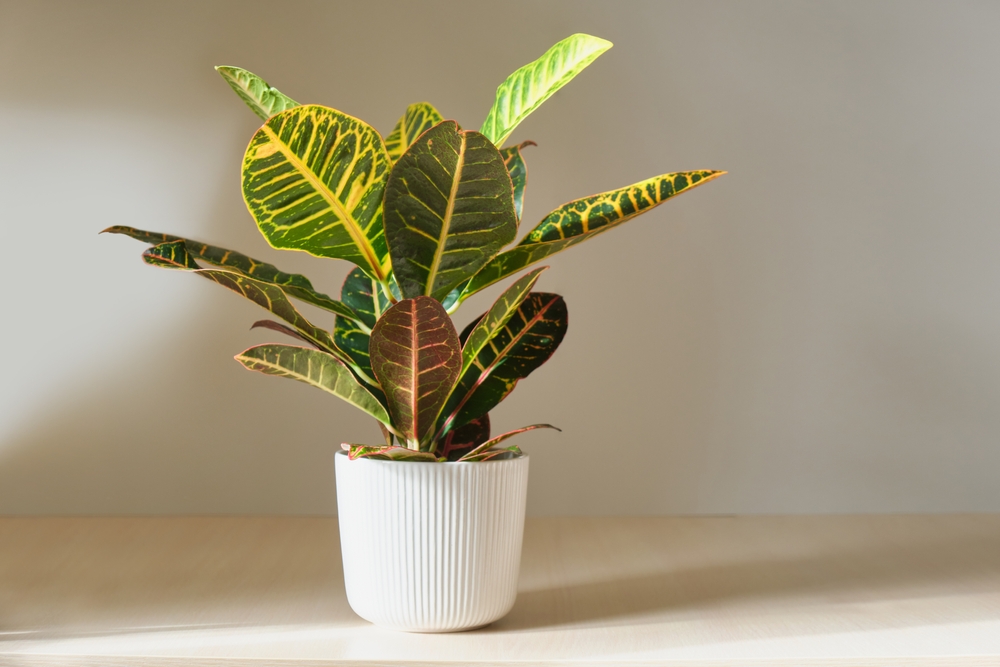
Start by bringing your plants indoors for short periods during the day. Slowly increase the time they spend indoors each day to allow them to adjust. This gradual exposure helps the plants adapt to indoor conditions. It is important to monitor their reaction to ensure they are not stressed during this transition.
Over a week or two, you can lengthen the indoor time until they are fully acclimated. This method prevents sudden changes that could shock the plant. Make sure they are not exposed to extreme temperature changes or direct drafts. A slow process will help your plants settle into their new home.
Control Indoor Temperature Gradually
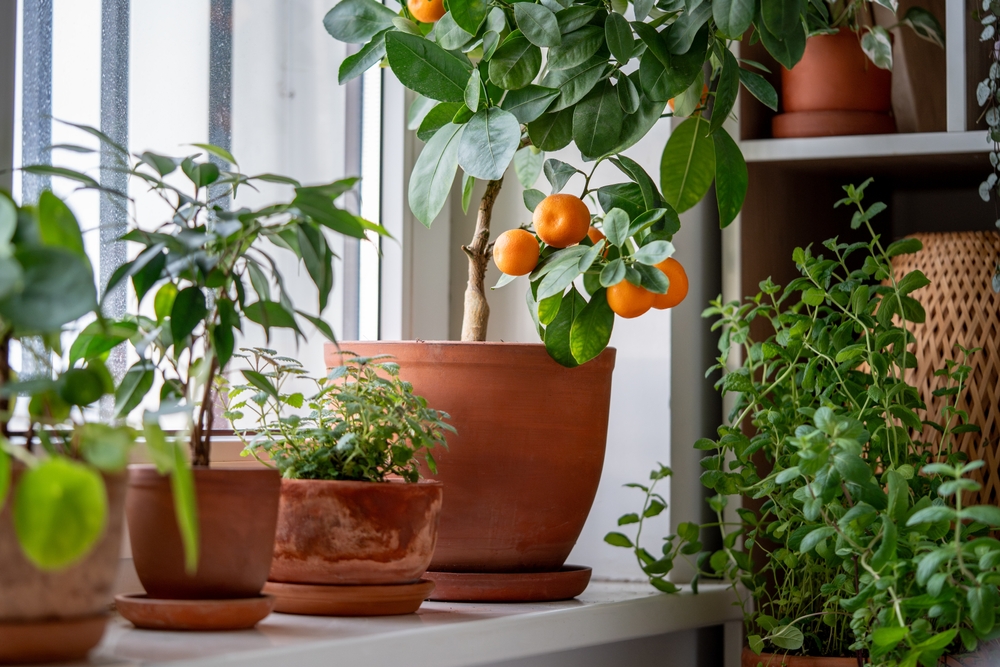
Indoor temperatures can differ greatly from outdoor conditions, so adjusting them slowly is important. Start by bringing your plants into a cool room to ease the transition. Plants will need time to adapt to warmer indoor temperatures, so avoid placing them in very warm rooms at first. Keep an eye on the room temperature and adjust accordingly.
Gradually increase the indoor warmth once they have acclimatized to the cooler room. This slow temperature shift will help your plants adjust without shock. Avoid placing them near heaters or air conditioning units, which can stress them. Maintaining a consistent temperature is crucial for a smooth transition.
Provide Proper Lighting
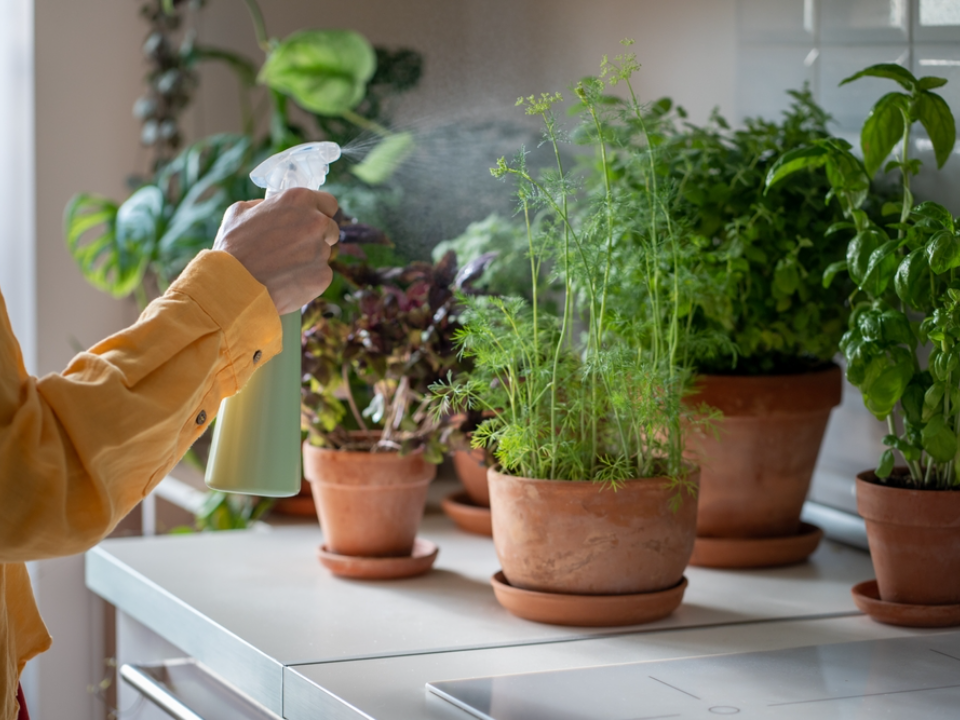
Outdoor plants are used to natural sunlight, so when transitioning indoors, they may need extra light. Place your plants near a bright window or consider using grow lights to replicate outdoor conditions. Start by limiting the amount of artificial light and adjust as needed. Too much sudden light can overwhelm your plants.
Ensure that your indoor lighting mimics the natural light they received outdoors, especially if they were in direct sunlight. Some plants may need a gradual introduction to indoor lighting, so start with indirect light and slowly increase exposure. If necessary, adjust the positioning of your plants to get the right balance. Consistency in lighting helps prevent stress.
Check for Pests Before Bringing Them Indoors
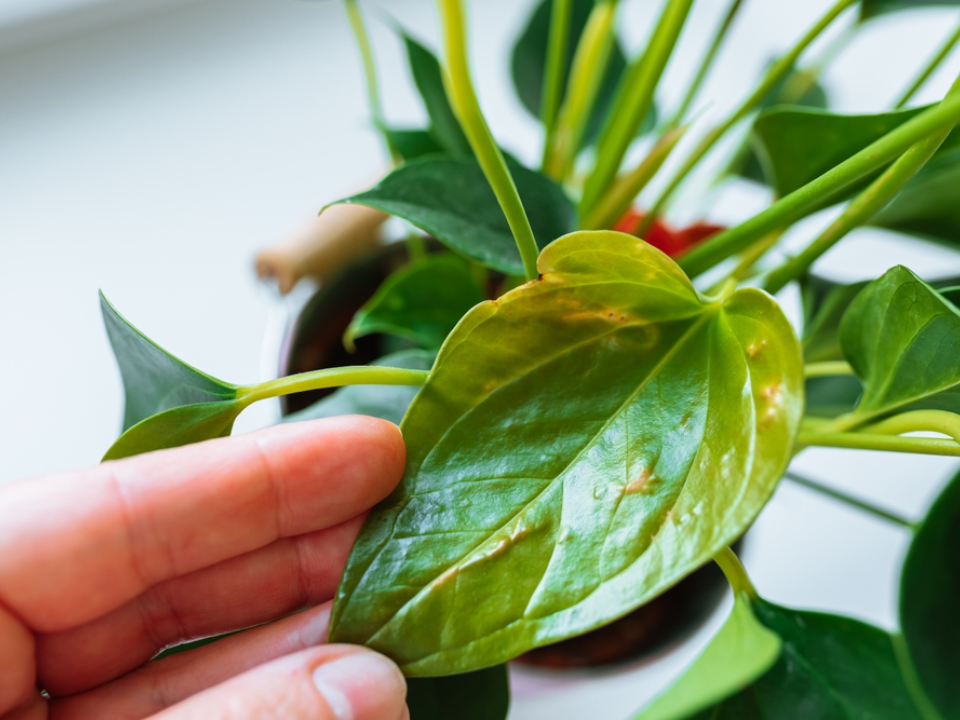
Before moving your plants indoors, inspect them thoroughly for pests. Insects from your garden can find their way into your home, so it is important to treat the plants before the move. Use an organic pesticide or a gentle soapy water solution to wash the leaves. This step will reduce the risk of indoor infestations.
Inspecting your plants regularly for pests will help maintain a healthy indoor garden. Be sure to check both the leaves and the soil for any signs of unwanted guests. This process can also help prevent any lingering pests from harming your indoor plants. A healthy start indoors will ensure they thrive.
Keep Humidity Levels Consistent
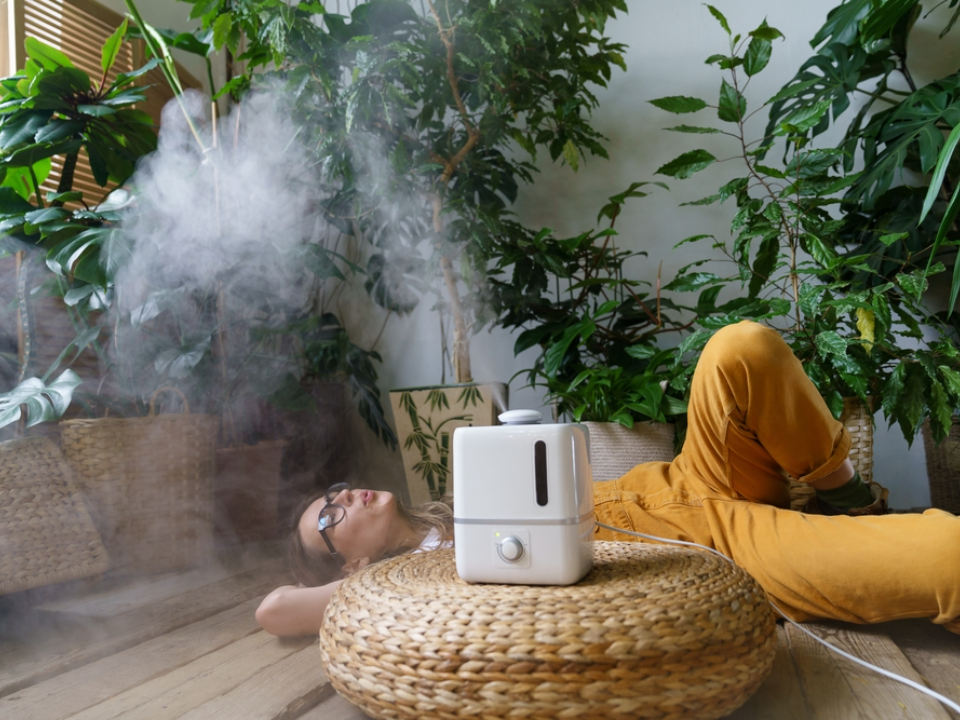
Indoor environments can be much drier than outdoors, especially during the winter months. Use a humidifier or place water trays near your plants to help maintain moisture in the air. It is important to adjust the humidity levels gradually to avoid shocking the plants. This is especially beneficial for tropical plants that thrive in higher humidity.
Check the humidity levels regularly to ensure they stay consistent. Avoid placing plants directly near radiators or heat vents, as they can dry out quickly. With steady humidity, your plants will be able to adapt without stress. This is one of the most important factors in maintaining healthy indoor plants.
Avoid Overwatering After the Move
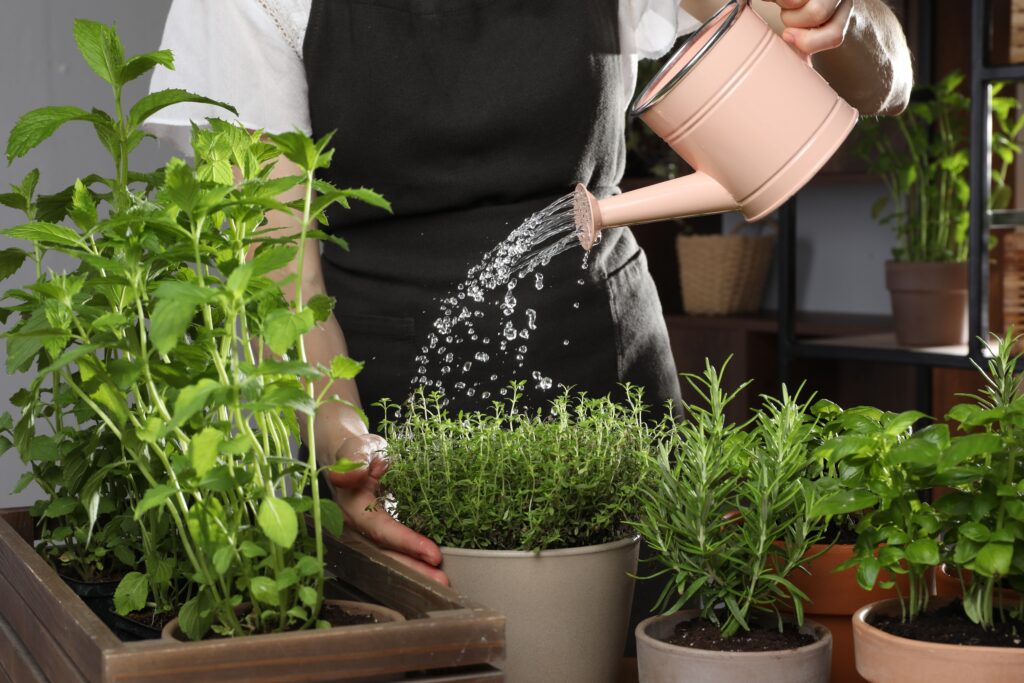
When transitioning indoors, plants may not need as much water as they did outside. Be cautious not to overwater your plants after bringing them indoors, as they may not use as much water in the lower light and cooler conditions. Check the soil moisture before watering to ensure it is not too damp. Overwatering can lead to root rot and other issues.
Use a well-draining pot to allow excess water to escape. Indoor plants need less water during the colder months when they are not actively growing. This reduction in watering will help them adjust to the indoor environment. Always be mindful of the moisture levels to prevent stress on the roots.
Maintain a Regular Watering Schedule
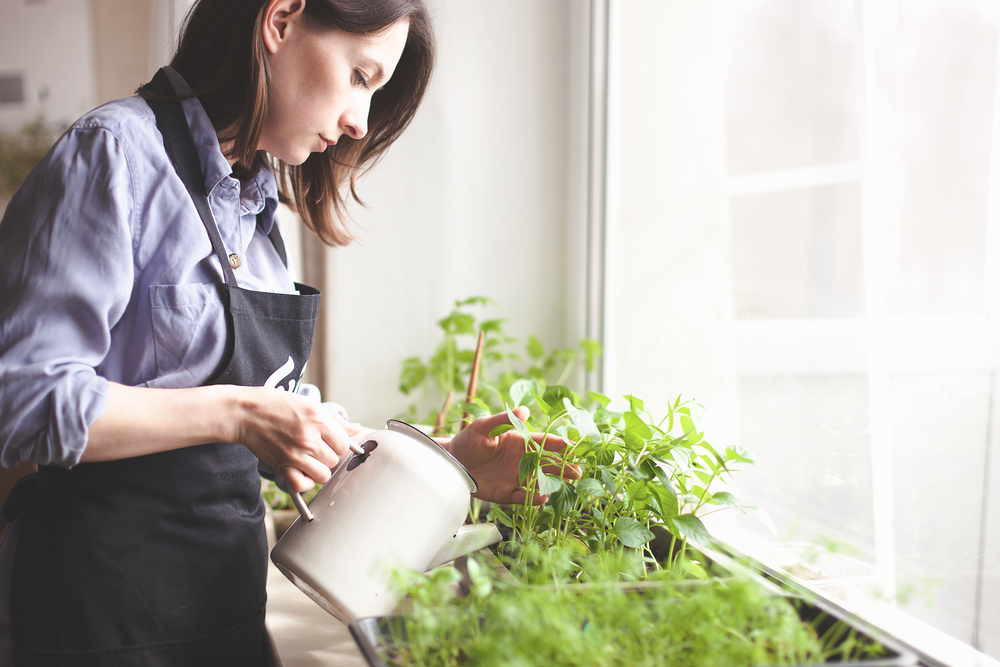
While you want to avoid overwatering, it is still important to maintain a regular watering schedule. Indoor plants need consistent care to stay healthy, especially after a move. Set a reminder to check your plants’ water levels and adjust based on the season. Regular watering ensures that your plants receive the proper amount of moisture.
Make sure the water reaches the roots but avoid allowing the soil to stay soggy. Adjust the amount of water based on the size of the pot and plant. By sticking to a steady schedule, your plants will feel more secure in their new environment. This helps them transition more smoothly.
Transition Gradually to Smaller Pots
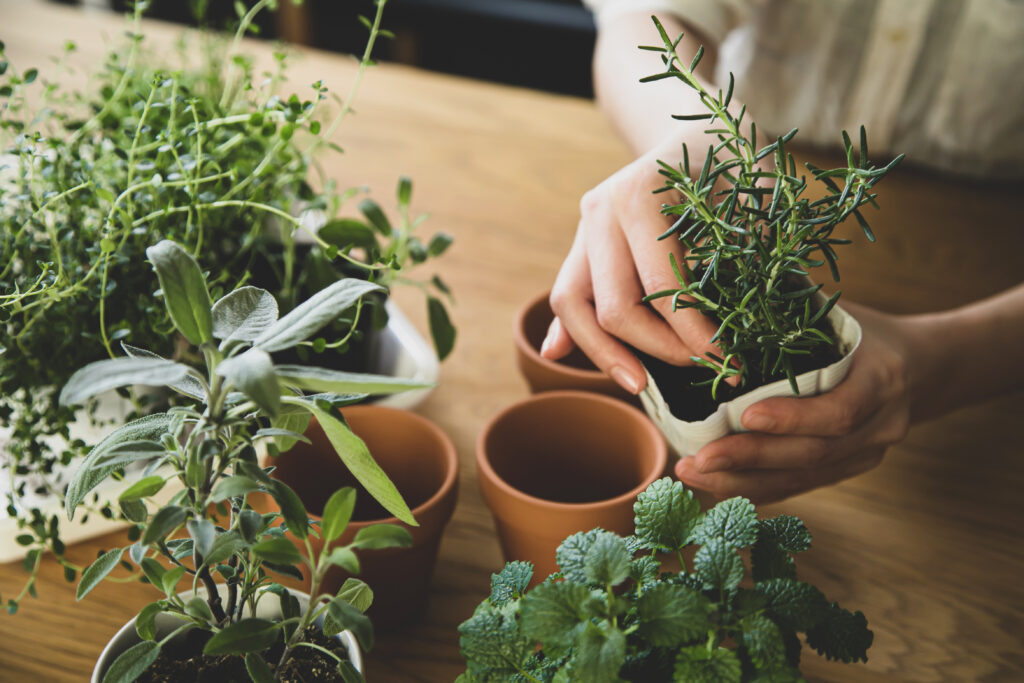
If your plants are in large outdoor pots, it may be helpful to gradually reduce the size of the pot before bringing them indoors. Smaller pots help prevent root rot and allow for easier maintenance indoors. Gradually reducing the size over a few weeks before bringing the plant inside will give it time to adjust. Make sure to use a well-draining potting mix to ensure healthy root growth.
Repotting your plants too suddenly can cause shock, so it is important to make this transition slowly. This gradual process will give the roots time to adapt to the new pot size. By the time the plant is indoors, it will have adjusted to the smaller space. This method helps maintain plant health and reduces stress.
Monitor and Adjust Fertilization
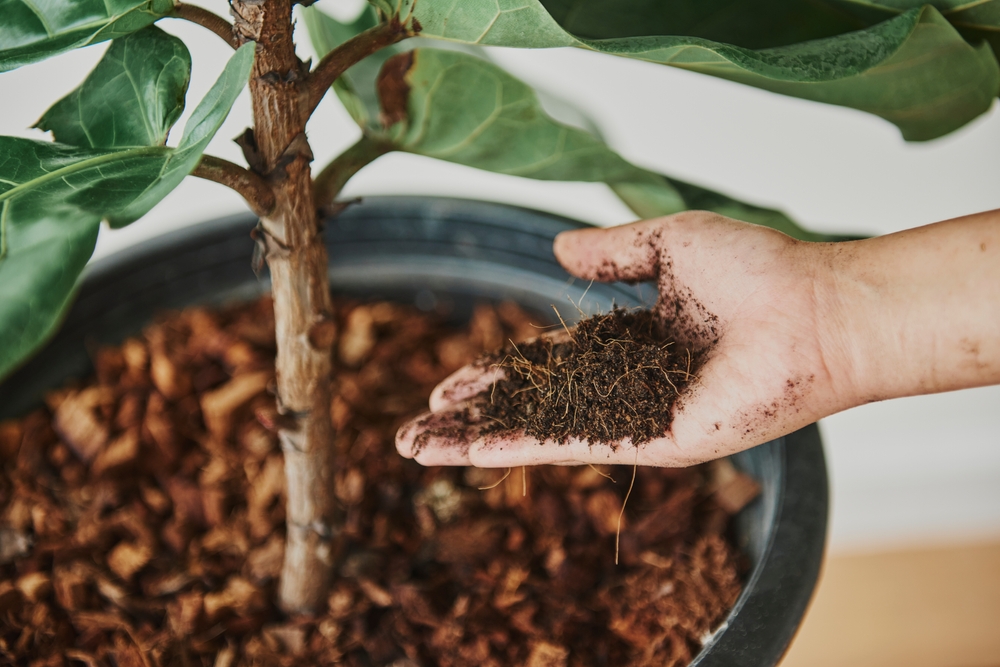
Indoor plants typically do not need as much fertilizer as outdoor plants. After transitioning your plants indoors, reduce the amount of fertilizer you apply. Use a balanced, slow-release fertilizer during the first few months to support healthy growth. Monitor how the plants respond and adjust accordingly.
Fertilizing too frequently can stress indoor plants, especially when they are adjusting to their new environment. A lighter fertilizing schedule will help your plants settle in without causing nutrient overload. Make sure to follow the instructions on the fertilizer packaging to avoid overfeeding. This gradual adjustment will help your plants thrive indoors.
Maintain Regular Plant Care
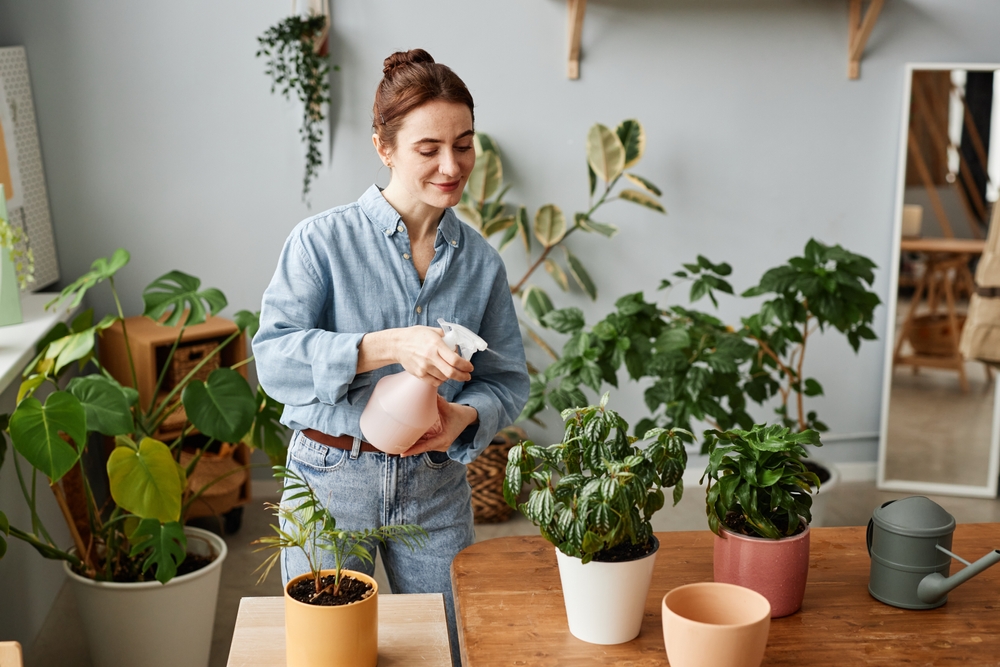
Even after the transition, it is important to continue regular plant care. Check for any signs of stress, such as yellowing leaves or drooping stems. If your plant is showing signs of shock, provide it with extra attention to help it recover. Regular care ensures your plants adjust comfortably to their new indoor home.
Keep an eye on environmental changes, such as lighting or temperature fluctuations, that could affect your plant’s health. Regularly prune any dead or damaged foliage to encourage new growth. Ongoing care will help your plant thrive and stay healthy in its new indoor space.
Transition Plants During the Day
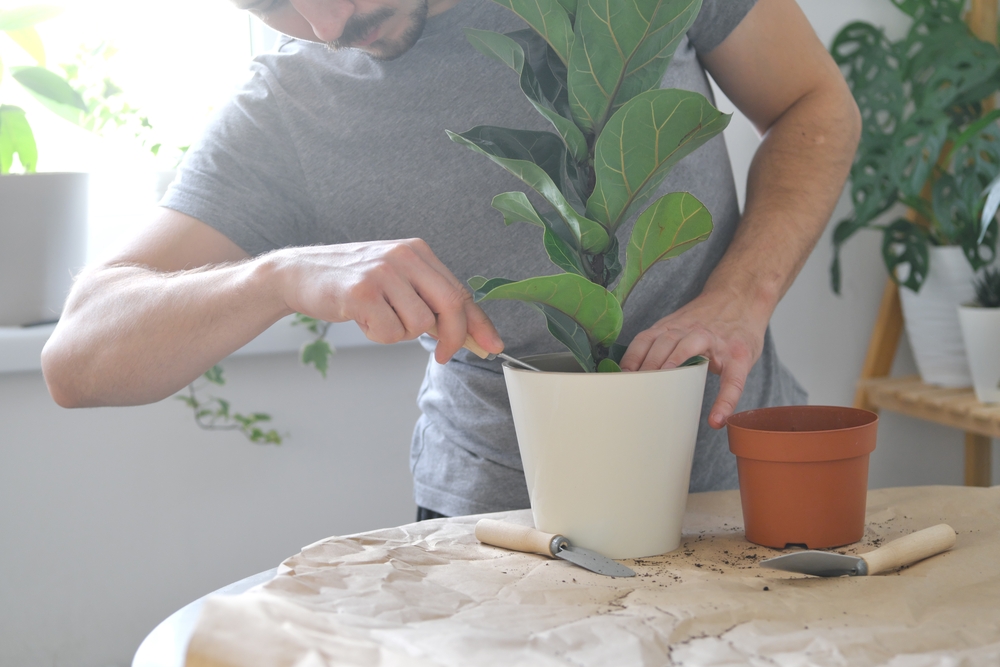
Try to move your plants indoors during the daytime when light is at its peak. This helps them adjust to the change more easily. Plants are more likely to acclimate to new conditions during the day when they have access to natural light. Moving them indoors at night can be more stressful.
Gradually introduce them to darker conditions if they are used to being outside in the sun all day. Allow your plants to experience a steady transition to indoor light levels. Moving them during daylight hours will ease the transition process. This approach will help prevent any unnecessary shock.
Avoid Immediate Pruning After the Move
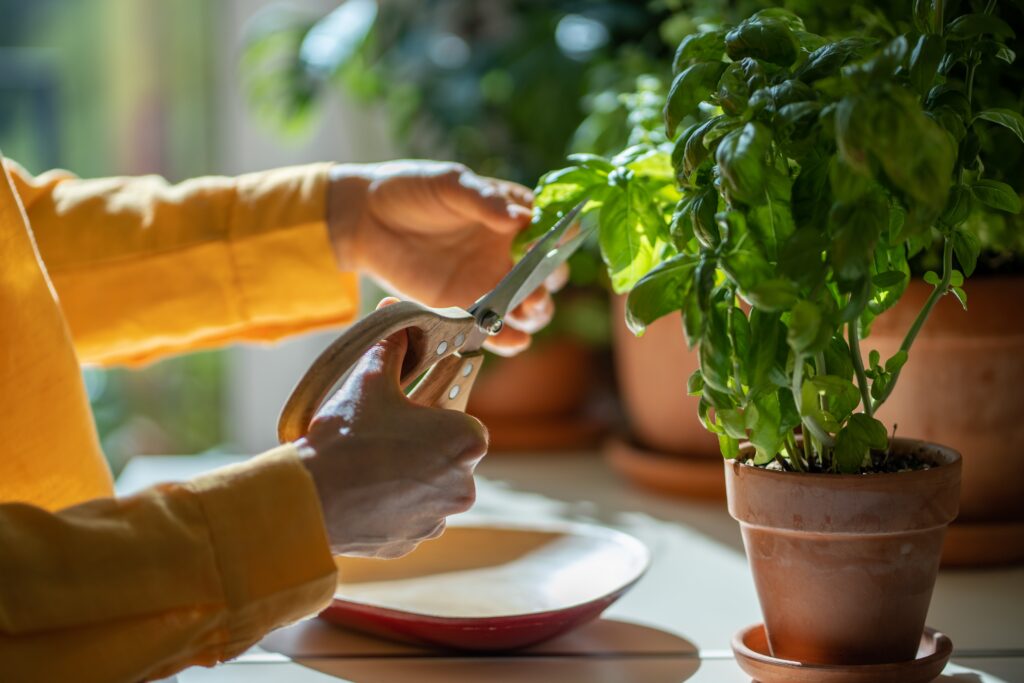
Pruning is important, but it should be done gradually after bringing your plants indoors. Immediately pruning after the move can cause unnecessary stress, as the plant is already adjusting to a new environment. Wait until your plant has settled in before cutting back any growth. Prune only dead or damaged leaves at first to help it recover.
Pruning too soon may leave your plant vulnerable to further stress. By allowing the plant to adapt to its new surroundings first, you will see better results. Once your plant is stable, you can prune it more freely. Proper timing is key to minimizing shock and encouraging healthy growth.
This article originally appeared on Avocadu.
